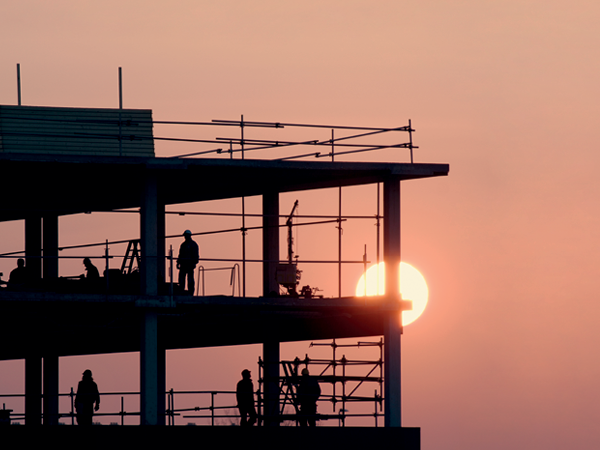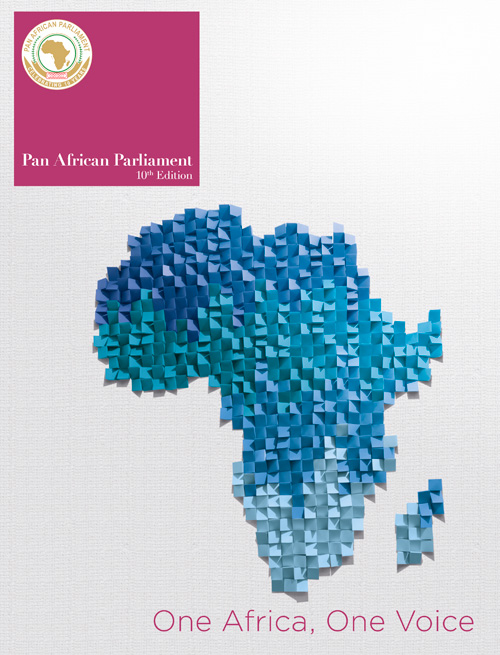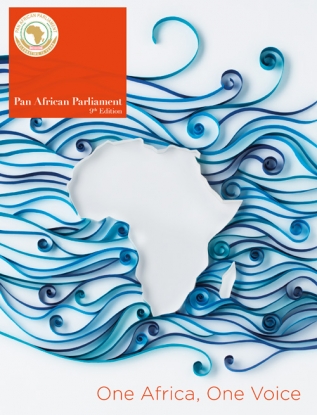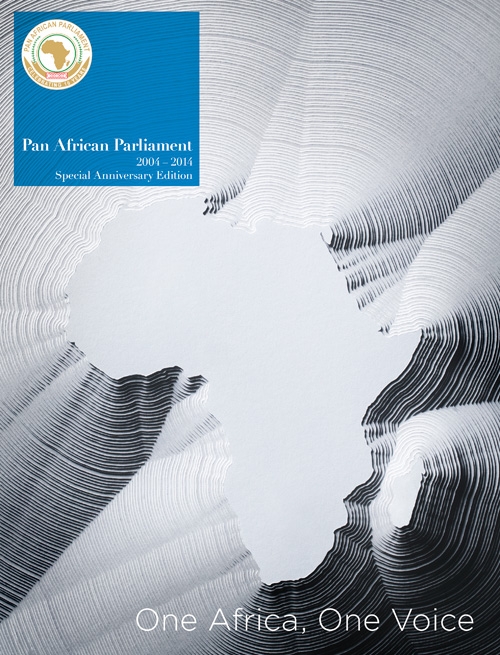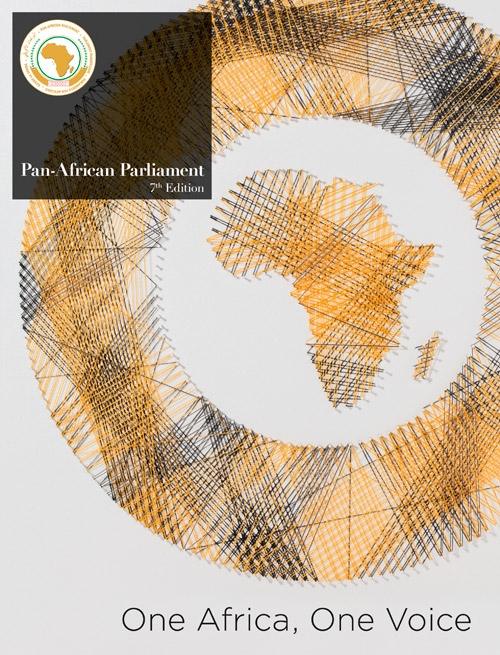
Africa’s development deficit is nowhere more clearly demonstrated than in its infrastructure. For good reason, infrastructure has been described as Africa’s ‘soft underbelly’. As the continent demonstrates that it has delinked from resources-dependent growth and expands at rates of 5% per year or more, so the infrastructure hurdle becomes more of a problem.
The AU’s most recent measure to address the issue is a co-ordinating structure known as the Programme for Infrastructure Development in Africa (PIDA). Established in 2012, it has made a bright start with some of its major projects well into implementation – such as the Grand Renaissance dam in Ethiopia.
Of course, the origins of the infrastructure problem lie in the way in which Africa was re-incorporated into the global economy by 19th-century European colonialism. At that time, Africa was essentially seen as a source of raw materials to power Europe’s industrial revolution.
Communications routes did little more than link the mineral resources of the African hinterland to coastal ports. Power generation serviced the same extractive industries and the political structures of the time were designed mostly to simultaneously maintain the system and release low cost labour to service it.
The political pattern of colonialism has long since been reversed. The legacy, however, lingers on in Africa’s distorted infrastructure patterns. This past has left virtually no internal networks between African countries. As a result, only 12% of Africa’s trade is within itself, logistics remain a huge cost and, outside of capital cities and the extractive industries, almost all infrastructure is inadequate.
As the 2015 PAP Concept Note states, some 30 African countries experience ‘chronic blackouts’. According to the African Development Bank (AfDB), infrastructure inefficiencies cost the continent billions of dollars annually, ‘stunting Africa’s GDP growth by an estimated 2% annually’. The problems that come with inadequate infrastructure – social deprivation and lower growth rates – are intertwined. It has long been recognised that the intervention needed to break this vicious circle is infrastructure delivery. The problem, however, is neither money nor technical capacity but rather a matter of co-ordination between countries.
The AU’s most recent measure to address the issue is a co-ordinating structure known as the PIDA
With regard to water, for instance, Africa has 63 international water basins shared by two or more countries, according to the World Bank. The same issue in power distribution is even more widely recognised.
It is this co-ordination problem that the PIDA has been established to address. The initiative draws together older, somewhat fragmented programmes, including those originally launched under Nepad and co-ordinated by the regional integration department of the AfDB. Launched in 2010, with South Africa’s Head of State Jacob Zuma as its President, the PIDA has plans for the period 2011 to 2030.
Significantly, each of the 15 major (Presidential) infrastructure projects can only be implemented with the co-operation of several countries, which suggests a potentially big role for co-ordination institutions such as the PAP. AU Heads of State and Government formally endorsed the PIDA through adoption of the PIDA Declaration in Addis Ababa in January 2012.
According to the declaration, the overarching objectives are ‘to enable countries to meet forecast demand for infrastructure services and boost their competitiveness by increasing efficiencies, accelerating growth, facilitating integration in the world economy, improving living standards and unleashing intra-African trade’.
The PIDA focuses on four sectors: transport, energy, transboundary water and ICT. It was launched with a EUR7.8 million grant, much of which has already been allocated for planning purposes. It is managed by the continent’s regional economic communities. As always, project finance is more complicated, with key roles being played by multilaterals, including the AfDB, private sector and directly affected Governments themselves.
The PIDA comprises 51 approved programmes and projects. Some of the biggest and most prominent are in the electrical power space – an area where Africa’s infrastructure deficit is not only most noticeable but also where the continent has enormous potential. Projects include the Grand Renaissance dam on Ethiopia’s Blue Nile and the Inga 3 hydropower project on the Congo river in the DRC. On completion, they will generate 6 000 MW and 4 800 MW of power respectively.
There is already potential take-up for both these projects. Inga 3 will be required to meet the demand of the copper mining sector in the southern DRC, and is likely to be asked to sell power further afield, to the Zambian copper belt and, it is anticipated, on to Angola, Namibia and South Africa.
The Grand Renaissance dam will position Ethiopia as a regional power hub and is a giant step towards realising the industrialisation ambitions of both that country and others in the region.
According to the PIDA: ‘The programme aims for achieving energy accessibility of all the African population of not less than 60% by 2040. This requires annual growth of the energy sector by 6.2% and an annual investment of US$40.5 billion.’
The 15 major infrastructure projects can only be implemented with the co-operation of several countries
Most of the PIDA programmes require completion – or, in some cases, initiation – of projects that were first conceived some time ago. These include Rusumo Falls (Rwanda and Tanzania), Lower Kafue (Zambia) and Ruzizi 3 (Rwanda and DRC), all of which have been on the table for years. The PIDA’s objective is to accelerate these projects but it is best not to be too impatient as the interstate agreements can be complex – as can funding arrangements.
The 145 MW Ruzizi 3 dam was originally scheduled to be operational in 2016. But planning closure was only achieved in October 2014, after what has been described as ‘two years of bargaining’.
Another PIDA power initiative is Mphanda Nkuwa in Mozambique, a 1 500 MW dam situated about 60 km downstream from Cahora Bassa dam on the Zambezi river. That programme will provide electricity not only for fast-developing Mozambique but also Zimbabwe – as well as energy-strapped South Africa.
The Sambangalou dam in Senegal, about 900 km upstream from the mouth of the Gambia river is set to provide 128 MW to the region (Senegal, Guinea, Guinea-Bissau and The Gambia), and will intersect with another PIDA project, the 240 MW Kaleta dam, 150 km north-east of Conakry in Guinea. The US$526 million for the Guinea project was secured from Chinese sources in 2011.
Of course, there is no point in generating power if it cannot be adequately distributed. According to the World Bank, more than 115 872 km of transmission line on the continent are, at many points, bedevilled by breaks or missing linkages. The multilateral estimates that some 32 187 km of cable need to be installed.
The pressing need to interlink infrastructure between countries is illustrated by some of the other large PIDA projects. Three significant transmission grids are on the table. The 3 800 km Central African Power Interconnection will link the Inga 3 project from South Africa in the south with Chad in the north, and will supply eight different countries. At a later date, the gigantic Grand Inga dam – with its anticipated power production of more than 40 000 MW – will link into this grid. And the North African Power Transmission Corridor will run across the continent, from Morocco to Egypt.
However, the project for which there is the most urgent need is the West African Power Transmission Corridor, a 2 000 km line that will link to the existing Ghana-Nigeria line and connect seven West African countries.
According to Nigeria’s former Minister of Power Chinedu Nebo, energy in West Africa requires investment of around US$25 billion over the next decade. This means that the US$200 million approved for the West African Power Transmission Corridor by the World Bank earlier this year is only a start.
These three power corridors have been referred to as ‘clean energy corridors’. But hydroelectric power is only one form of clean energy that’s being adopted on the continent.
Massive wind and solar programmes are already in place across Africa. Kenya’s 300 MW Lake Turkana wind farm is the largest single project in that country’s history. On completion, the US$694 million private sector investment will meet 20% of Kenya’s energy needs.
Africa has been planning continental development for a long time. Now, with the impetus provided by programmes such as the PIDA, it is finally putting the necessary projects on the ground.


